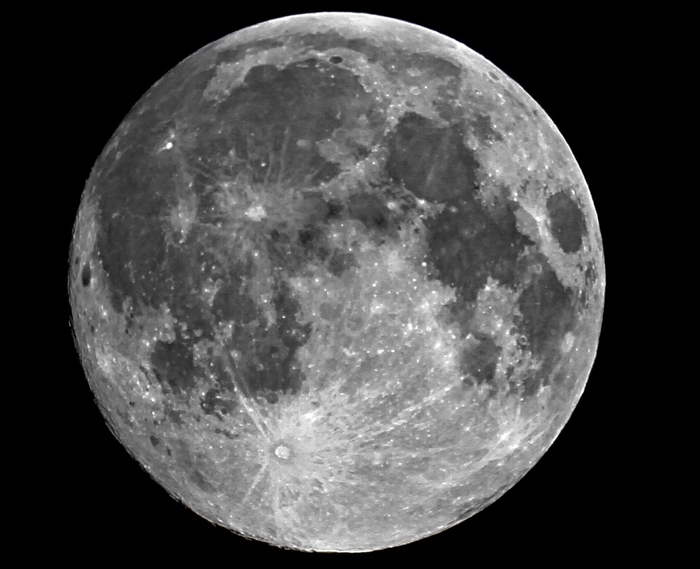The July sky brings with it the most spectacular Supermoon of 2022, while the Earth will reach its maximum distance from the Sun and to make the summer evenings more suggestive, even the brightest stars of this time of year arrive: these are the most anticipated astronomical events in the month, according to the indications of the Italian Amateur Astronomers Union (Uai).
The first appointment is for 4 July at 9.00 Italian time, when the Earth will be in the point of its orbit furthest from the Sun (aphelion), at a distance of 152,098,501 kilometers.
The date on which this phenomenon occurs is highly variable.
Suffice it to say that in 2021 the Earth reached aphelion on 5 July, in 2020 between 5 and 6 July, in 2019 between 4 and 5 July, in 2018 on 6 July and in 2017 on 3 July.
The July event is the Supermoon: our natural satellite will be at the point of its orbit closest to the Earth on the morning of July 13 (at a distance of 357,263 kilometers) and about nine hours later, at 20:37, it will have reached the full moon phase.
So far visible only in the hours preceding the rising of the Sun, the planets will begin to be visible also in the evening towards the end of July, starting from Saturn: in the last days of the month it will be possible to recognize on the eastern horizon around 22.00 ;
Jupiter is approaching the period of best observability and at the end of the month it will begin to rise before midnight, remaining observable for the whole second part of the night.
The giant of the Solar System continues its stay outside the traditional constellations of the zodiac and for the whole month remains in the constellation of the Whale;
Mercury will also reappear in the evening, but it will be very low on the western horizon and difficult to identify.
The planets will also be visible in their conjunctions with the Moon, such as Saturn (July 15), Jupiter (July 18-19), Mars (21) and Venus (26).
From the second decade of the month, the transits of the International Space Station will also be observable at accessible times, on board of which astronaut Samantha Cristoforetti is located,
Finally, the constellations of the summer sky will begin to be visible, with bright stars such as Arturo del Bootes and Vega della Lira, one of the vertices of the classic summer triangle, with Altair dell'Aquila and Deneb del Cigno.

